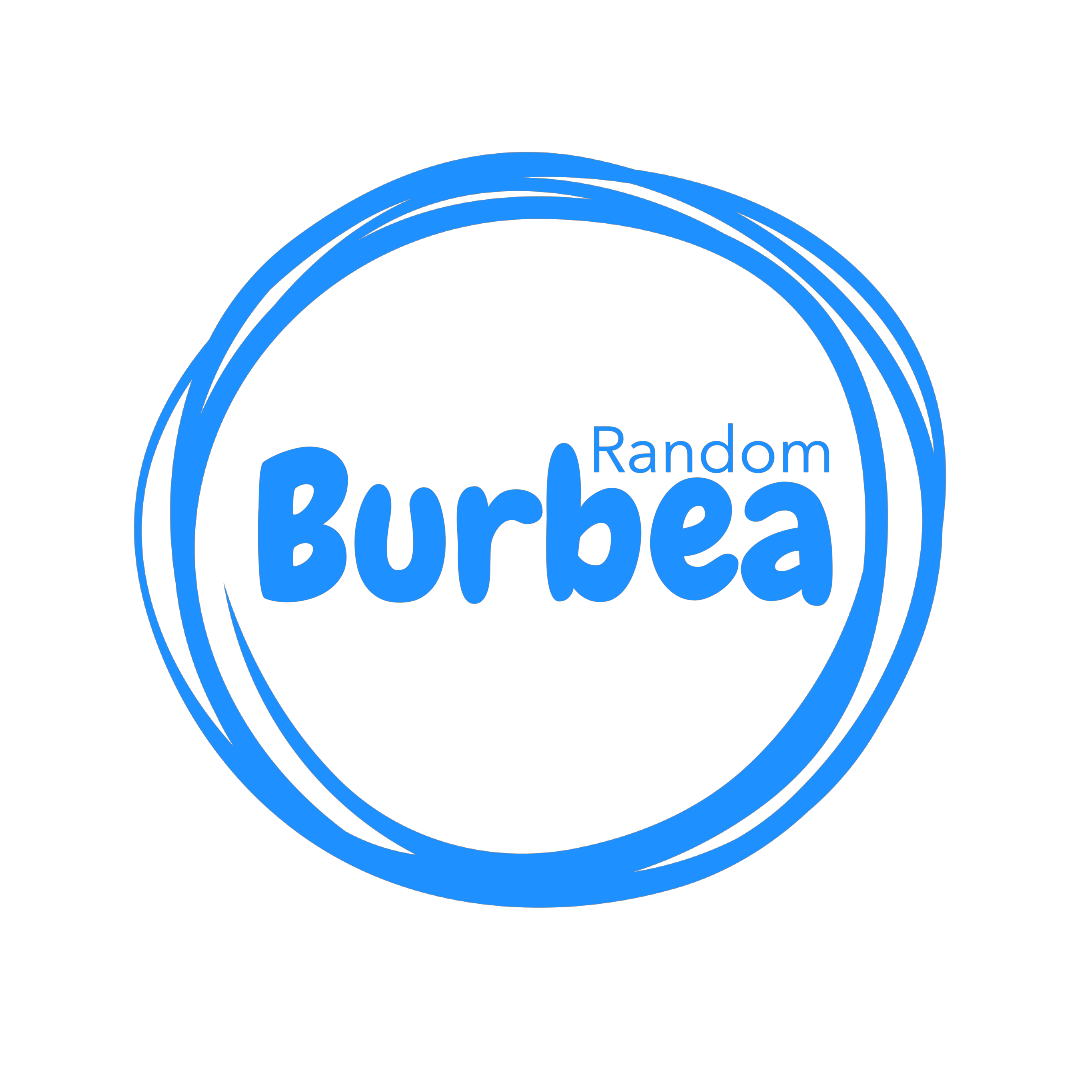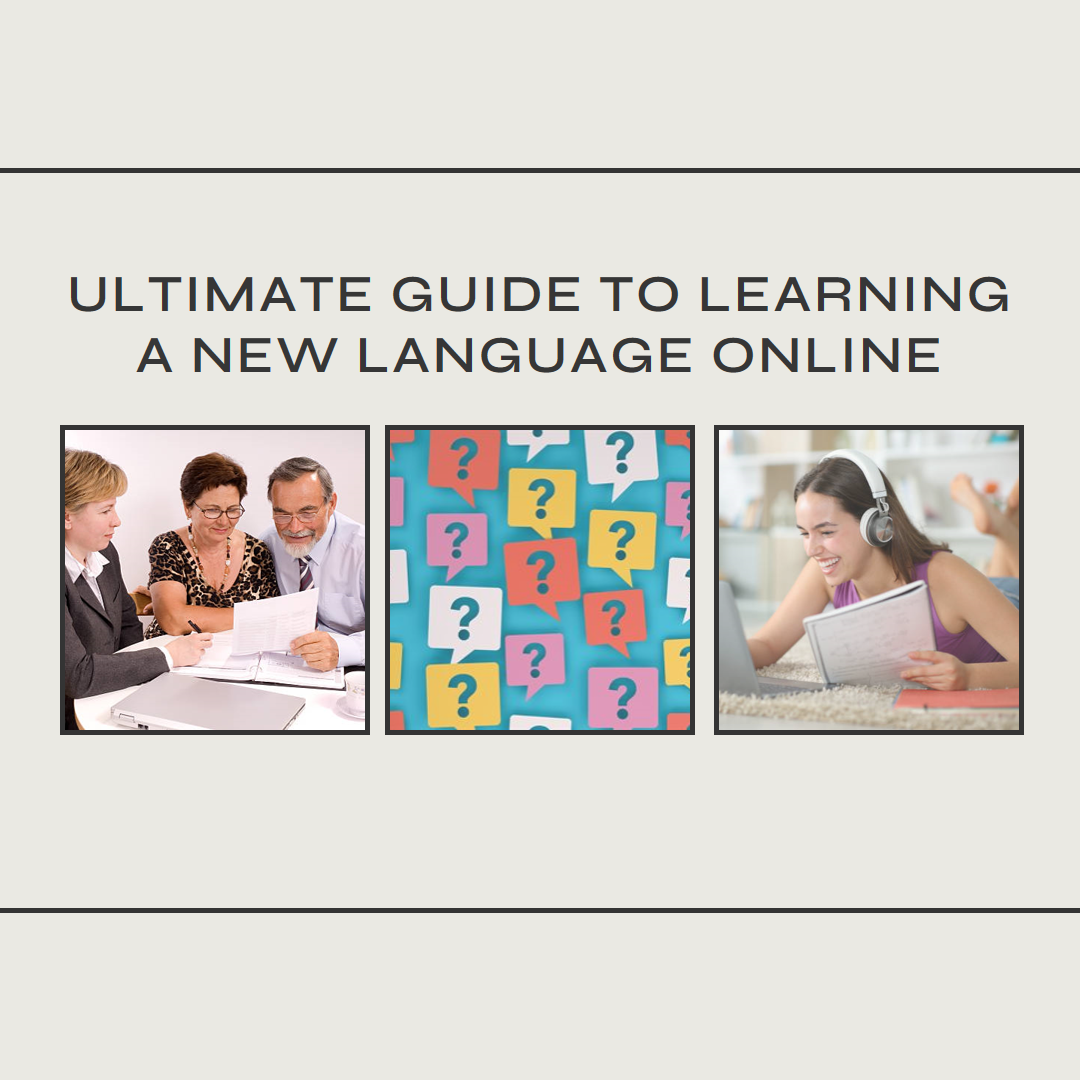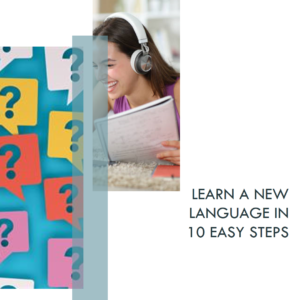Table of Contents
Do you want to learn a new language or improve your existing one, but don’t have the time, money, or opportunity to attend a traditional language class? Do you want to learn a language at your own pace, in your own place, and in your own way? Do you want to learn a language that is fun, easy, and rewarding?
If you answered yes to any of these questions, then this article is for you. In this article, you learned the three essential steps of online language learning: planning, execution, and evaluation. You also learned the best tips, tools, and resources to help you with each step. You also saw some examples and recommendations of online language courses, platforms, and tests that you can choose from.
It is time for you to take action and start your own online language learning journey. You have all you need to succeed. You have a clear and realistic goal, a suitable and effective online language course or platform, a flexible and manageable schedule, various online resources and practice opportunities, and a way to measure and celebrate your progress and outcomes.
Follow your online language learning plan, and stick to it for 30 days. You will amaze yourself by how much you can learn and improve in such a short time. You also enjoy the process and the benefits of online language learning, such as convenience, affordability, flexibility, diversity, and fun.
Online language learning is possible and preferable for many people who want to learn a new language or improve their existing one. Online language learning is the future of language education, and you are part of it.
What are you waiting for? Start your online language learning journey today, and join the millions of people who are learning languages online.
Planning: How to Set Yourself Up for Success
Before you start your online language learning journey, you need a clear and realistic plan. A good plan helps you stay focused, motivated, and organized throughout your 30-day challenge. Here are some steps to follow to create your own online language learning plan:
- Step 1: Set SMART goals. SMART stands for specific, measurable, achievable, relevant, and time-bound. These are the criteria that make your goals effective and actionable. For example, instead of saying “I want to learn Spanish online”, say “I want to complete the beginner level of an online Spanish course and be able to introduce myself and have a basic conversation in Spanish by the end of 30 days”. This goal is specific (you know what language and level you want to learn), measurable (you can track your progress and completion), achievable (you can realistically finish the beginner level in 30 days), relevant (you have a personal or professional reason to learn Spanish), and time-bound (you have a deadline to work towards).
- Step 2: Choose the right online language course or platform. There are many online language courses and platforms available, but not all of them are suitable for your needs and preferences. You need to research and compare to find the best one for you. Consider factors such as the quality and reputation of the course or platform, the cost and accessibility of the course or platform, the level and content of the course or platform, the style and format of the course or platform, and the feedback and support of the course or platform. You can use online reviews, ratings, testimonials, and demos to help you make your decision. For example, if you want to learn Spanish online, you can check out Mondly, Duolingo, Babbel or Busuu, among others, and see which one suits you best.
- Step 3: Create a realistic and flexible schedule. Once you have chosen your online language course or platform, you need a schedule that fits your lifestyle and goals. Allocate enough time and energy to your online language learning, but balance it with your other commitments and responsibilities. Be flexible and adaptable to any changes or challenges that may arise. A good schedule helps you stay on track and avoid procrastination and burnout. Here are some tips to create your online language learning schedule:
- Tip 1: Set a daily or weekly routine. A routine helps you form a habit and make your online language learning a part of your life. You can choose a specific time and place to do your online language learning, and stick to it as much as possible. For example, you can decide to do your online language learning every morning before breakfast, or every evening after dinner, or every weekend at your local library. You can also use reminders, alarms, or calendars to help you remember your routine.
- Tip 2: Break down your goals into smaller tasks. Breaking down your goals into smaller tasks helps you manage your workload and measure your progress. You can divide your online language course or platform into modules, units, lessons, or activities, and assign them to your schedule accordingly. For example, you can decide to complete one module per week, or one unit per day, or one lesson per hour, or one activity per session. You can also use checklists, trackers, or planners to help you organize your tasks.
- Tip 3: Adjust your schedule as needed. Adjusting your schedule as needed helps you cope with any unexpected situations or difficulties that may occur. You can review your schedule regularly and make any changes or modifications that are necessary. For example, you can increase or decrease your online language learning time depending on your availability and performance, or you can switch or skip your online language learning sessions depending on your mood and motivation, or you can add or remove any online language learning resources or practice opportunities depending on your interest and feedback.
Execution: How to Make the Most of Your Online Language Learning
After you have created your online language learning plan, you need to act on it. Execution is the second and most important step of how to learn a language online. Execution involves learning the language by following the instructions and activities of your chosen online language course or platform, and supplementing them with additional online resources and practice. Here are some steps to execute your online language learning plan:
- Step 1: Follow the online language course or platform. Your chosen online language course or platform is your main source of online language learning. It provides you with the necessary knowledge and skills to learn the language, such as grammar, vocabulary, pronunciation, reading, writing, listening, and speaking. Follow the online language course or platform faithfully and diligently, and complete all the modules, units, lessons, and activities that it offers. Pay attention to the feedback and support that it provides, such as explanations, examples, corrections, tips, and quizzes. Use notes, flashcards, or dictionaries to help you remember and understand the online language course or platform content.
- Step 2: Supplement the online language course or platform with additional online resources. Your chosen online language course or platform is your main source of online language learning, but not the only one. Enhance and enrich your online language learning by supplementing the online language course or platform with additional online resources that suit your needs and preferences. These online resources provide you with more exposure and variety to the language, such as culture, history, literature, music, movies, news, etc. Use online resources such as podcasts, videos, games, blogs, communities, challenges, etc. to help you learn and enjoy the language more.
- Step 3: Practice the online language course or platform and the additional online resources. Your chosen online language course or platform and the additional online resources are your sources of online language learning, but not enough. Practice what you have learned from them to reinforce and improve your online language learning. Practice makes perfect, and the more you practice, the better you learn. Practice the online language course or platform and the additional online resources by using online tools such as tests, quizzes, flashcards, games, etc. to help you review and test your online language learning. Also practice the online language course or platform and the additional online resources by using online opportunities such as chats, calls, exchanges, tutors, etc. to help you communicate and interact with other online language learners and native speakers.
Evaluation: How to Measure and Celebrate Your Online Language Learning
After you have executed your online language learning plan, you need to measure the results. Evaluation is the third and final step of how to learn a language online. Evaluation involves measuring and celebrating your online language learning progress and outcomes, and identifying your strengths and weaknesses. Here are some steps to evaluate your online language learning plan:
- Step 1: Use online tests and quizzes. Online tests and quizzes are a common and reliable way to evaluate your online language learning. They help you check your knowledge and skills in the language, such as grammar, vocabulary, pronunciation, reading, writing, listening, and speaking. Use online tests and quizzes that are provided by your online language course or platform, or by other online sources, such as Duolingo Test Center2, EF SET3, Linguaskill, or IELTS Indicator, among others. Also use online tests and quizzes that are designed for specific purposes, such as TOEFL iBT, DELE, JLPT, or HSK, among others. Use online tests and quizzes to measure your online language learning level, score, or certificate, and compare them with your initial or desired level, score, or certificate.
- Step 2: Track your achievements and feedback. Online tests and quizzes are not the only way to evaluate your online language learning. You can also track your achievements and feedback that you have received from your online language course or platform, and from other online sources, such as podcasts, videos, games, blogs, communities, challenges, etc. You can use online tools such as FluentU, Memrise, LingQ, or italki, among others, to track your online language learning achievements, such as words learned, hours spent, streaks maintained, badges earned, etc. You can also use online tools such as HelloTalk, Tandem, Speaky, or LangCorrect, among others, to track your online language learning feedback, such as corrections received, ratings given, comments exchanged, etc. You can use online tools to track your online language learning achievements and feedback to see how much you have learned and improved, and what areas you need to work on more.
- Step 3: Reflect on your strengths and weaknesses. Online tests and quizzes, achievements and feedback are not the only ways to evaluate your online language learning. You can also reflect on your own strengths and weaknesses that you have discovered during your online language learning journey. You can use online tools such as Quizlet, Anki, Evernote, or Google Docs, among others, to create your own online language learning portfolio, where you can store and review your online language learning materials, such as notes, flashcards, recordings, writings, etc. You can also use online tools such as SurveyMonkey, Typeform, Google Forms, or Mentimeter, among others, to create your own online language learning self-assessment, where you can ask and answer questions about your online language learning experience, such as satisfaction, motivation, confidence, enjoyment, etc. You can use online tools to reflect on your online language learning strengths and weaknesses to appreciate what you have done well and acknowledge what you need to do better.
Conclusion: How to Learn a Language Online in Just 30 Days: The Ultimate Guide
You have reached the end of this article on how to learn a language online in just 30 days. Congratulations! You learned the three essential steps of online language learning: planning, execution, and evaluation. You also learned the best tips, tools, and resources to help you with each step. You also saw some examples and recommendations of online language courses, platforms, and tests that you can choose from.
It is time for you to take action and start your own online language learning journey. You have all you need to succeed. You have a clear and realistic goal, a suitable and effective online language course or platform, a flexible and manageable schedule, various online resources and practice opportunities, and a way to measure and celebrate your progress and outcomes.
Follow your online language learning plan, and stick to it for 30 days. You will amaze yourself by how much you can learn and improve in such a short time. You also enjoy the process and the benefits of online language learning, such as convenience, affordability, flexibility, diversity, and fun.
Online language learning is possible and preferable for many people who want to learn a new language or improve their existing one. Online language learning is the future of language education, and you are part of it.
Before you do move onto your course, take a look at one of our recommended providers, Mondly by Pearson. With over 110 million people, learning over 40 languages (the most of the main providers), we are certain they will have everything you need. Not to mention, they also now provide an industry-leading VR and AR language learning experience. If you would like to find out more, read our in depth review here or visit their site for more information by clicking the link below.






